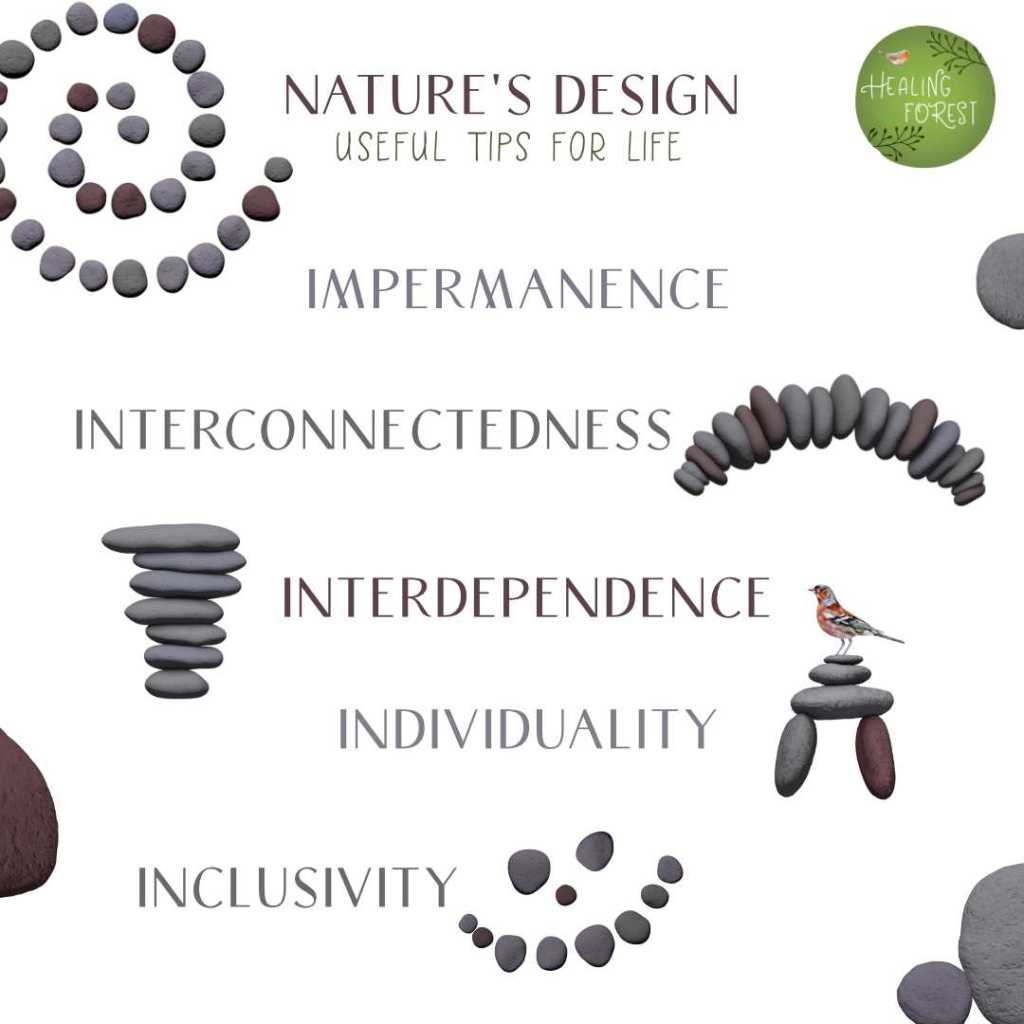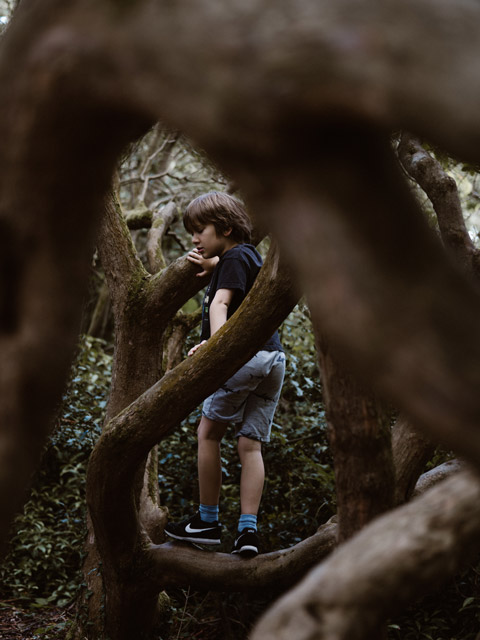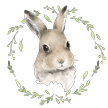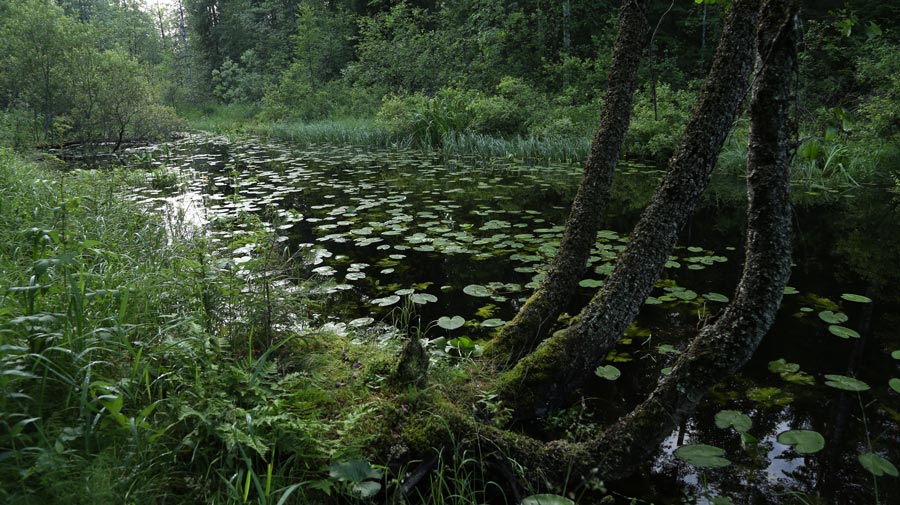The decisions we make, design our life. But seldom are we taught the invaluable skill of designing our life, often stumbling from one decision to another.
Those who learn to observe nature, notice a beautiful balance that exists in all the designs. A harmony that has been crafted to perfection over an ocean of time. But Nature is never at rest. Just like our mind. Constantly changing. Constantly evolving.

Imagine, if we could learn the principles of design from nature. Would it change the way we make decisions for our life? Let’s try an interesting experiment in nature. We will create some unique nature art and introduce you to the rules that guide nature’s design. Also, through short reflective walks based on the Japanese concept of Shinrin Yoku, we understand how the same rules apply to our own life.
We hope this experience lends you new insights for your decision making skills, and helps you design a life in which your inner and outer world are in tune with each other.
Nature’s Design Tips For Your Life
Design is nature’s way of problem solving. In this article we offer you some thought-provoking design challenges to grasp the art of nature’s design through hands-on activity. Each activity is followed by a short walk to deepen your experience as well as your learning.
These walks are based on the Japanese concept of mindful nature walks also known as Forest Bathing. If you haven’t already, do check out this short guide before you begin: What is forest bathing?

The aim of a mindful nature walk is to use our senses to quieten the mind. In the stillness, we gain new insights about human nature by growing our awareness of the nature outside. All activities are done in silence. Each activity is followed by a slow walk, focusing on one of our senses. The senses act as a bridge between the inner and outer.
This activity is part of our 12 uplifting walks that help us learn life’s most useful skills through nature.
Nature’s Design Tip #5: Impermanence
Designing 2 Spirals: For the first activity, the group is divided into pairs. Ask each participant to create a spiral from objects found in nature. So each pair needs to create 2 interlocked spirals. Interlocked spirals enclose each other, but don’t touch each other at any point.

The spiral is a metaphor for the trajectory of our lives. As humans, we try to move in an ever expanding path of growth. However, when life ends, the spiral terminates abruptly. When we observe nature’s design, we see that things serve a purpose even in the after-life. So it starts from nothing and fades back into nothing.
Impermanence can brings a new perspective to our decisions. The ability to make a good decision is also the ability to foresee its impact in the future. Consider the 10/10/10 rule. What will be the impact of your decision 10 minutes from now, 10 months later, and after 10 years. What decisions can we take for our life’s work to have meaning, even after we are no more?

Walk: Take a 10 minute silent walk and reflect on the impermanence in nature’s design. You can walk by focusing on the sounds of nature. Start by focusing on the louder sounds, and gradually mover your attention to the more softer sounds. Every sound is a song of impermanence.
Nature’s Design Tip #4: Interconnectedness
Ant Bridge: Design a bridge for ants to cross. Find any large gap in your surroundings and build a connection so that it can serve as a bridge for ants and other tiny creatures. Only use material that can be found around you, without breaking or damaging the nearby plants. This activity is also meant to be carried out in pairs or small groups. Give bonus points for the longest bridge, and for the strongest bridge.

Bridges are metaphors for interconnectedness. Creating connection helps us get from where we are, to where we want to go. There are many times in life where we get stuck at some problem. Quite often the solution is to connect with someone who can get us out of our predicament. Bridges serve as links of exchange between us and others. Learning their importance uplifts our lives.
The design of nature is filled with invisible interconnections. For example, the roots of trees in a forest are connected to each other and communicate with each other through a network of fungi. It is this interconnectedness that allows many species to co-exist and thrive.
Walk: For this segment of the silent walk, bring your attention to your feet and the ground beneath it. With each step become aware of how deeply we are connected to the earth.
Nature’s Design Tip #3: Interdependence
Pyramid / Inverted Pyramid: Design a pyramid made up of sticks or rocks. To make it more challenging ask the participants to design an inverted pyramid, where the base is smaller than the section on top. The task might appear a bit daunting, but the secret of designing an inverted pyramid is to create proper support. Those who can figure out the trick of supporting the heavier section will be able to overcome the difficulty of imbalance.

With new insights emerging in our theory of evolution, “survival of the fittest” theory has been transformed into “survival of the kindest.” Darwin himself wrote, “Those communities which included the greatest number of the most sympathetic members would flourish best and rear the greatest number of offspring.” What Darwin called “sympathy,” can be termed as empathy, altruism, or compassion. According to biologists from Darwin to E. O. Wilson, compassion is the reason for both the human race’s survival and its ability to continue to thrive as a species.
Walk: Walk with your attention on the breath. Every breath we take, has come from a tree. Every breath we give, will go back to the forest. The design of nature is a delicate balance, in which how we are all interdependent.
Nature’s Design Tip #2: Individuality
Forest House: This is a solo activity. Every participant is asked to design a tiny house for a creature of the forest. The creature could either be an animal or bird that is commonly found in the area or for a magical being like an elf or a gnome. The design of the house should reflect the needs of its occupant. The designers can even give a name to their house.
Once the houses are complete, all participants can do a quick tour of the colony of tiny homes that have sprung up. The makers explain their thought process and the most important aspect for them while designing the house.

The learning from this activity is to appreciate the uniqueness of each design. To observe how for every person, certain values hold greater importance over others. The designs they create and the decisions they make stem from these values. Nature has gifted each one of us with a unique mind. Exploring our inner world to uncover that uniqueness, can lead us to make better choices for the direction of our lives.
Walk: This segment of the walk focuses on our visual sense. Pay attention to what you see around you. Observe the uniqueness within each and every entity in nature. Becoming aware of this grand scale of nature’s design fills us with respect and humility. It makes us appreciate the individuality within others as well as within ourselves.
Nature’s Design Tip #1: Inclusivity
Forest Creature / Forest Village: This is a group activity. Divide the participants into small groups of 5 or less people. Each participant collects 10 fallen leaves and brings it to their group. The aim of each team is to design a small forest creature or a forest village using leaves to represent buildings / body parts. The teams are free to include surrounding stones or trees as elements in their design. Within the team, members can only speak in 1 word conversations – to elaborate what the items represent: for e.g: a school, a hospital, a park etc.

Including others in the design and decision making process can be very challenging. Especially if they have divergent views and personalities. However, nature teaches us that greater diversity yields richer benefits. In nature, biodiversity is critical for survival as it enhances the ability to face challenges and natural calamities. Similarly, bringing different ideas together allows us to create something where the whole is greater than the sum of its parts.

Walk: We close the Natures design walk, through a group sharing activity. All the participants form a circle, facing outwards – towards nature.
Sit in silence for 5-10 minutes. Observe how we are all part of nature, and how the same rules that are found in nature’s design apply to our own minds, bodies, and lives. Let the boundaries between our inner nature and the nature outside slowly dissolve. Experience a sense of oneness.

To end the Nature’s design walk, participants can share any insights or learning from the different activities. Sharing transforms individual learning into a collective experience. On the same lines, do leave your thoughts in the comments to share any insights or observations.

The Larger Design
Some of the greatest challenges we face today are a result of designs that dictate our society’s growth. The world’s 7.6 billion people represent just 0.01% of all living things by weight, but humanity has caused the loss of 83% of all wild mammals and half of all plants.
The multiple crises we face today are so overwhelming that they can create a certain degree of resignation and despondency. But as humans we have a capacity to redesign our way of thinking. Reconnecting with nature will bring us old wisdom and new ideas for solving our current problems. Above all, it will link like-minded friends, so that we can create a mindset shift on a much larger scale.
Let’s reimagine a new design for our planet… one walk at a time.

Life’s Most Useful Skills
>>Nature Play
REQUEST: Please share this article, so it reaches where it’s needed. To get useful new ideas and inspiration, you can join our monthly newsletter For more activities and many other experiences, try our Nature Calm course.
Healing Forest is a volunteer driven project that aims to bring people and forests closer to each other through creativity and mindfulness. Our aim is simple. Helping people heal. Helping forests heal.

























